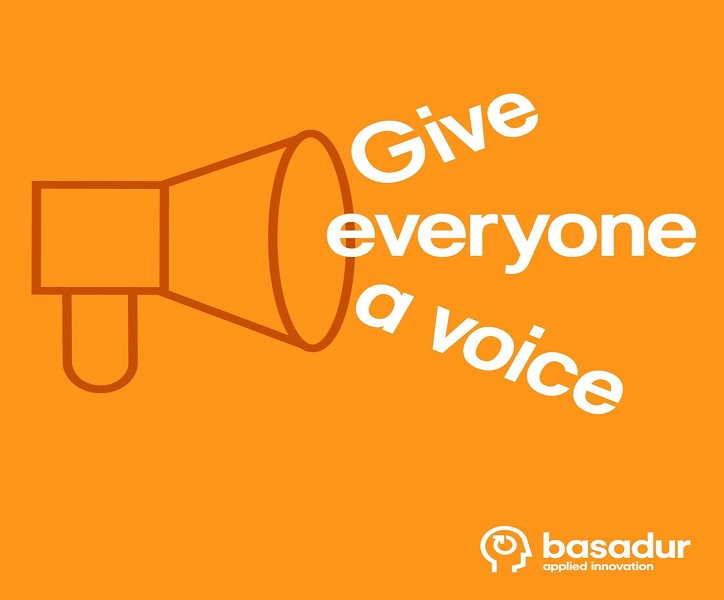Let’s face it, people think differently and that’s a good thing
Why cognitive diversity is so valuable in the workplace.
In its simplest form, diversity means variety; variety is evaluated based on differences. Currently, there is a lot of emphasis on the importance of diversity, especially in the workplace. While diversity in terms of gender, ethnicity, and age has long been seen as a driver of creativity and productivity, to date there is no research that has found a correlation between these factors and team performance. Instead, diversity in how we think, which is referred to as “cognitive diversity”, does seem to be a more significant predictor of successful team performance.
The value of cognitive diversity
Cognitive diversity refers to differences in perspective and information processing styles. Based on a tool called the AEM cube, developed by Peter Robertson, which measures individuals’ approaches to change and problem-solving it has been discovered that there is a significant correlation between high cognitive diversity and high performance.
Surprisingly, cognitive diversity is often overlooked because it is less visible than demographic diversity. It cannot be easily detected from the outside and must be actively surfaced and harnessed within teams. There are also cultural barriers that restrict cognitive diversity within organizations. Functional bias, where colleagues gravitate towards those who think similarly, leads to like-minded teams and a limited ability to see things differently or create new options. To overcome this, it is crucial to recruit for cognitive diversity and seek out dissenting opinions when faced with new, uncertain, and complex situations.
People think differently, and people create differently. So the question now becomes, what are some benefits of considering cognitive diversity when looking to hire staff? Create teams? Determine your Board of Directors? Innovate?
Benefits of cognitive diversity
-
Enhance problem-solving abilities
When teams consist of individuals with different perspectives and information processing styles, they are able to approach challenges from various angles, leading to a wider range of potential solutions. This diversity allows for a more comprehensive analysis of problems and the ability to identify unique strategies and opportunities. By incorporating a multitude of viewpoints, teams are able to overcome cognitive biases and think outside the box, resulting in faster and more effective problem-solving.
-
Encourage innovation and creativity
Encouraging innovation and creativity is one of the key benefits of cognitive diversity. When individuals with different perspectives, knowledge-processing styles, and approaches to change come together, they bring a wide range of ideas, insights, and solutions to the table. This diversity of thought sparks new ways of thinking and problem-solving, leading to innovative and creative solutions.
-
Foster collaboration and teamwork
When different cognitive preferences and perspectives come together, there’s a wider range of ideas that can help break down barriers and encourage open communication and understanding. By collaborating and working together, teams can tap into the collective intelligence and problem-solving abilities of their members, leading to more effective and innovative solutions. Cognitive diversity fosters a culture of cooperation and mutual respect, where team members value and leverage each other’s unique strengths and perspectives.
- Enhance the decision-making process
Different perspectives and thinking styles can open up the possibility for a wider range of ideas and solutions to be considered. This diversity allows for a more thorough analysis of problems and possibilities, as different viewpoints can identify potential risks and opportunities that may have been overlooked. Cognitive diversity can also help minimize groupthink and bias, as individuals with different cognitive preferences can challenge assumptions and provide alternative viewpoints. Ultimately, this leads to more effective and well-rounded decision-making processes.
-
Improve communication and understanding
Cognitive diversity encourages more open and effective communication, as individuals are exposed to different ways of thinking and processing information. With improved communication, team members can better understand and appreciate different viewpoints, leading to more productive and inclusive discussions. This not only enhances problem-solving abilities but also promotes a deeper level of understanding and empathy within the team, ultimately leading to better overall performance.
Cognitive diversity is invaluable to innovation
Implementing cognitive diversity strategies is crucial for organizations to harness the hidden benefits of diverse thinking in the workplace. Leaders can start by incorporating cognitive diversity in their recruitment processes, actively seeking out individuals with different perspectives and approaches. In addition, creating a safe and inclusive environment where team members feel comfortable expressing their unique thoughts and ideas is essential. Moreover, leaders should challenge the status quo and encourage dissenting opinions to foster innovative problem-solving. By implementing these strategies, organizations can unlock the full potential of cognitive diversity, leading to improved decision-making, enhanced collaboration, and greater innovation.
With all of these benefits to cognitive diversity, the following questions come to mind: is there a preferred way of thinking that is more important than another to power team performance? Does it matter how people prefer to think? Can we identify and measure how people prefer to think, and problem-solve? From 40 years of experience measuring, understanding, and encouraging diverse thinking styles, we’ve seen firsthand how organizations have instilled an innovative mindset in every person to build better teams.
“You’re an innovator, you just don’t know it yet!” In our next blog, we will share how The Basadur Profile not only offers a way to measure cognitive diversity but also is part of a repeatable process that guarantees innovative results.


